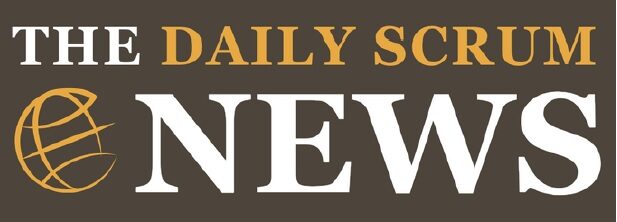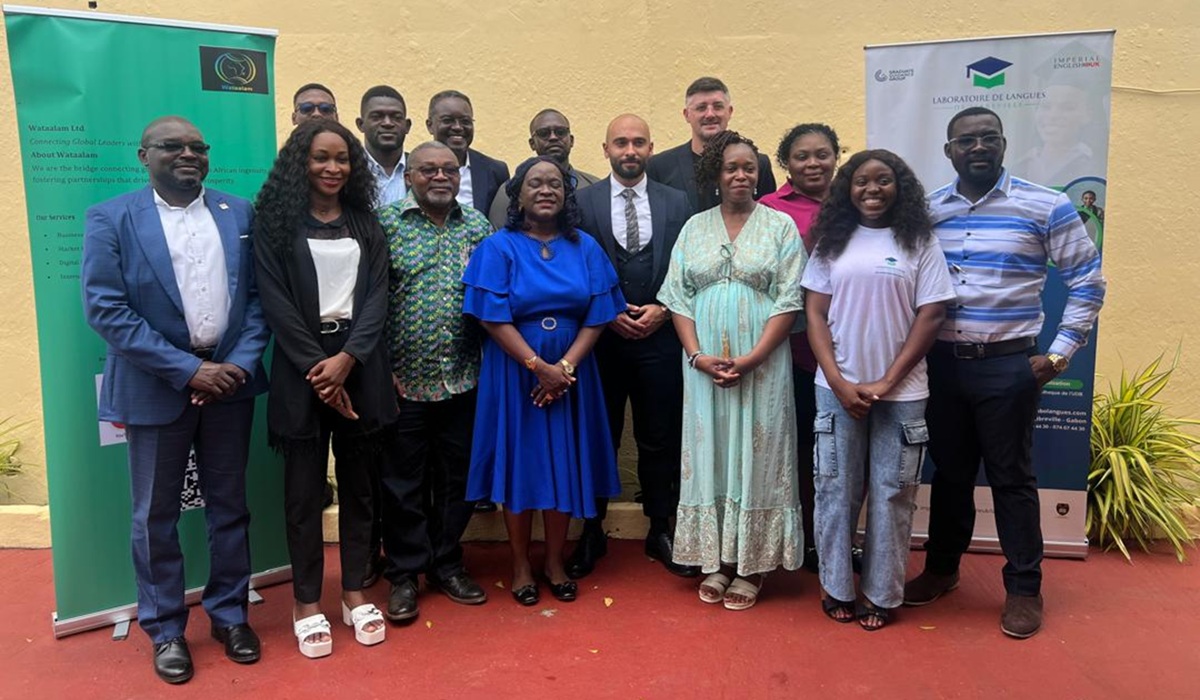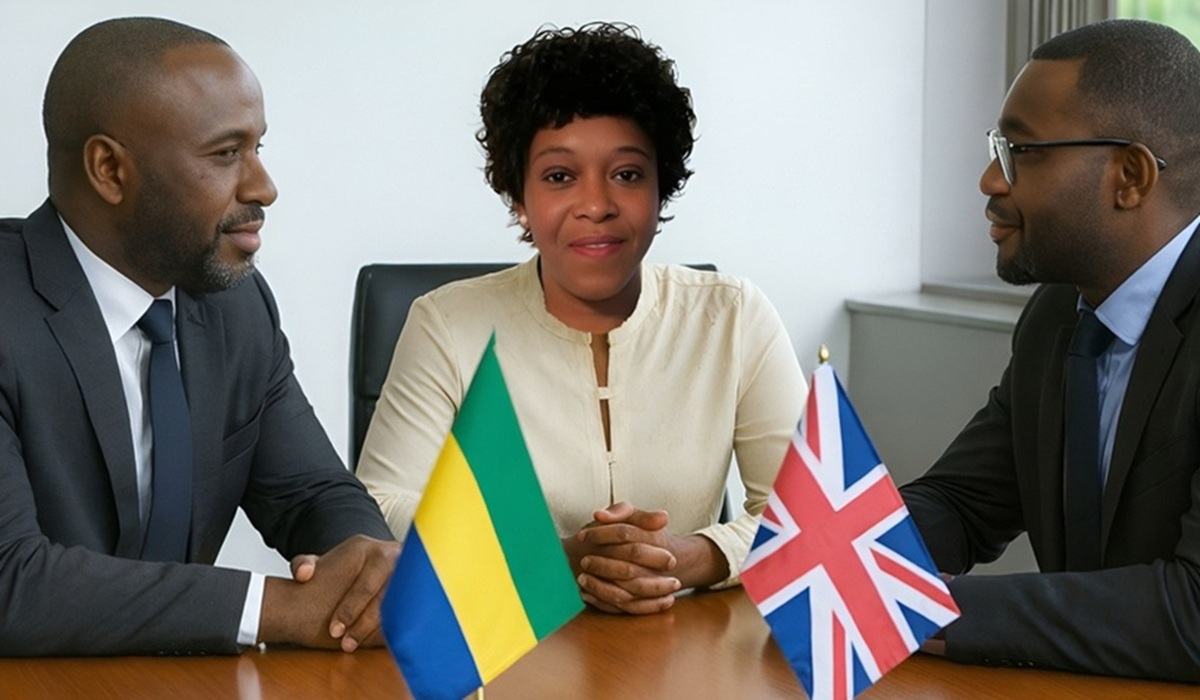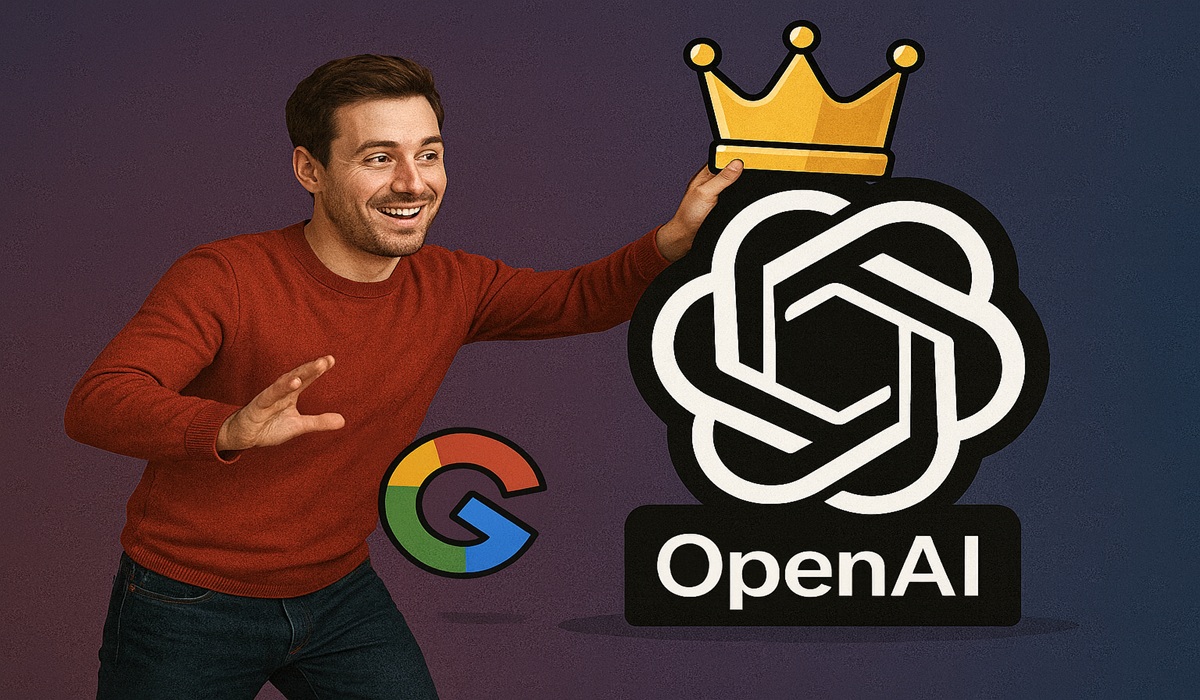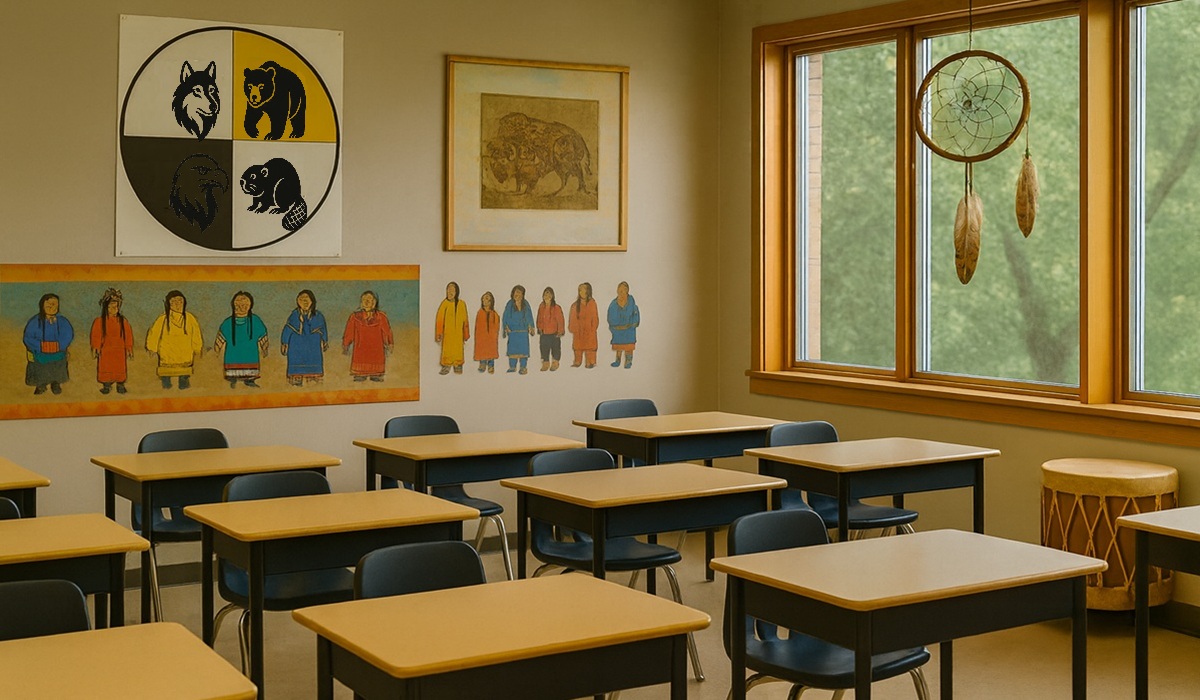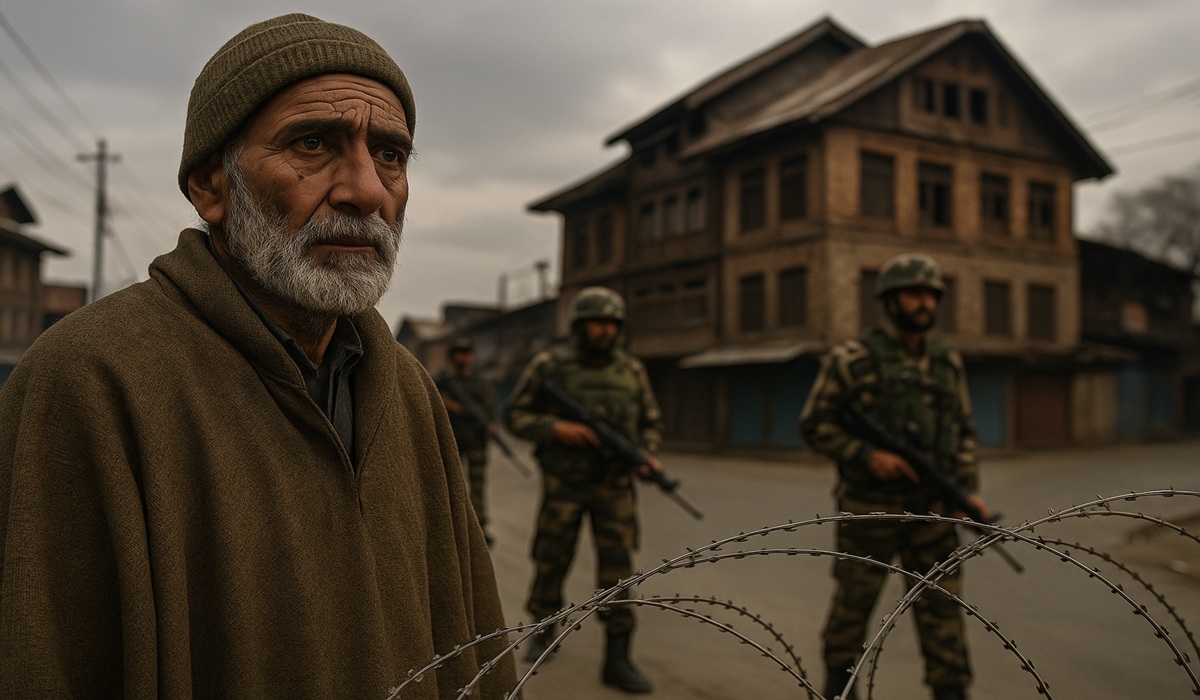From One Yes to a Lifetime of Impact: How Vice-Principal Alan M. Davis Built a Legacy of Boys to Men
- TDS News
- Trending News
- June 11, 2025

By: Donovan R. Martin Sr Editor in Chief
In 1990, Alan M. Davis was on a path toward law school when an unexpected invitation redirected the entire course of his life. A high school English teacher reached out, asking if he would consider stepping into a classroom—not as a lawyer, but as an educational assistant working with at-risk students, many of them Black boys who had been sidelined by the system. Davis said yes. That one decision became the first step in a lifelong mission to change the narrative for racialized young men in Canada.
Davis had already earned his undergraduate degree in Political Science and Sociology from the University of Toronto and had never imagined a future in education. But once he entered the classroom, everything shifted. The connection he built with students was instant, authentic, and rooted in understanding. Midway through that first year, the school promoted him to a full teaching position, recognizing that his presence was doing more than filling a staffing gap—it was saving lives.
It didn’t take long for his work to catch the attention of the broader school community. The school board offered him special recognition, granting him the opportunity to pursue full teaching credentials through teachers’ college. With his academic foundation already in place, he quickly became a certified educator and, later, a vice principal. But through all of it, his mission remained the same: create space where marginalized boys could be seen, heard, and believed in.

That vision crystallized in 1993 when Davis, alongside educators Christopher Spence, Gord Young, and Tim Skinner, founded Boys to Men (B2M). It started with one troubling truth—the academic system was failing Black male students. The dropout rates were staggering, discipline and streaming were racially skewed, and youth were being funneled out of opportunity and into despair. The group knew they couldn’t wait for policy to catch up. They had to act.
B2M was their answer. It wasn’t a punitive program. It wasn’t a last resort. It was a pathway forward.
Every Friday, from 3:30 to 5:00 p.m., boys are welcomed into a space that blends academic support, mentorship, and life skills. Funded through the school and supported by community partners like the local police recreation program, B2M provided more than tutoring—it offered transformation. Participants engaged in activities that built emotional intelligence, leadership, empathy, and trust. Through BASE—Balancing Academics, Sports, and Education—students went skating, volunteered at food banks, and learned to relate to the world beyond their neighbourhoods.
The program’s emphasis wasn’t just on grades—it was on dignity, pride, and self-respect. Davis believed, and still believes, that all students are salvageable. He refuses to accept that children should be written off because of circumstances or behavior. His work proves that when someone takes the time to invest in a child—truly see them, challenge them, mentor them—they rise.
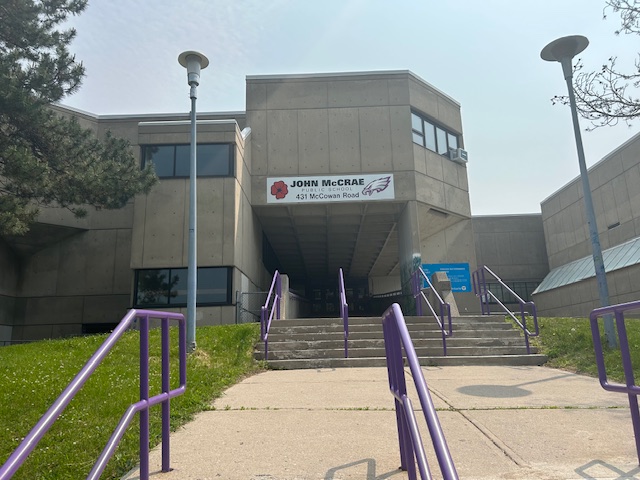
Over the decades, B2M expanded beyond its original focus on Black youth. Today, the program supports at-risk boys of all races and backgrounds, from Indigenous to Hispanic students, addressing not just academic struggles, but the social and emotional voids so many face. The program has operated at Colonel John McCrae P.S. and other schools, touching hundreds of lives with a structure that is easy to replicate and scale. Davis created a model that works, and he’s built a template that schools across the country could implement.
His long-term dream is for B2M to be formally recognized within the Ontario school curriculum, ideally integrated into the Physical Education program. He knows that social-emotional learning, relationship building, and mentorship are as essential as math or science. With official recognition, a successor could carry the program forward with the backing it deserves. He’s in active conversations with the Toronto District School Board to make that a reality.
Though eligible for retirement three years ago, Davis continues to serve—because there’s more work to be done. The community still needs him, and the students still line up every Friday for the chance to be heard, mentored, and empowered.
His motivation hasn’t wavered. For Davis, the reward is not in titles or accolades—it’s in the boys who walk in angry and leave inspired. It’s in the students who return years later as mentors, fathers, and professionals. It’s in watching young men from difficult beginnings graduate, thrive, and take pride in who they are becoming.
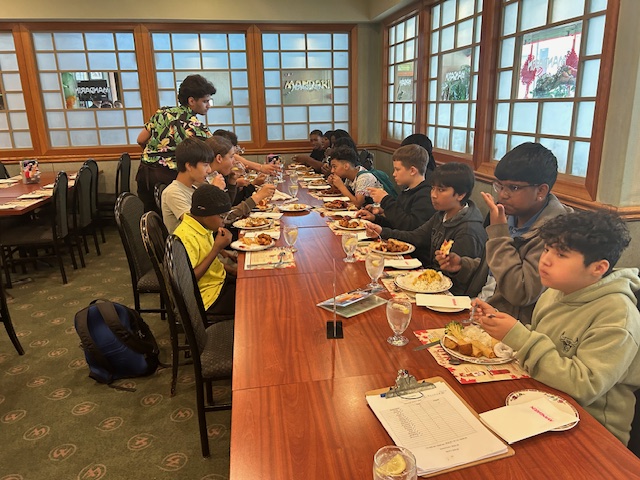
He has always believed that schools should be the great equalizer, not the place where inequality deepens. A 2024 York University study supports what he has observed firsthand for decades: systemic bias in education disproportionately affects racialized youth. But he doesn’t linger in despair—he works in solutions. B2M is one of them.
His vision doesn’t stop at boys. The same systemic issues affect young women too, and Davis frequently asks: Who will step up to create a “Young Women on the Move” program? The sister initiative is needed. It’s time.
B2M ends each school year with a celebration, not just to close the chapter, but to honor the journey. Students stand taller. Families feel pride. And teachers see what’s possible when students are supported, not streamed out.
Over the years, Davis has built more than a program—he’s built a movement. His work is a masterclass in what can happen when education is approached with compassion, clarity, and relentless commitment. He has changed the trajectory for generations of boys who were never meant to fall behind, but simply needed someone to pull them forward.
So let this be said, clearly and with gratitude:
Thank you, Vice Principal Alan M. Davis.
Thank you for believing in students when the system didn’t.
Thank you for choosing purpose over prestige.
Thank you for building something that will outlive you.
Thank you for showing Canada what equity in action looks like.
And thank you for reminding us that when one educator believes deeply enough in young people—whole communities rise.
